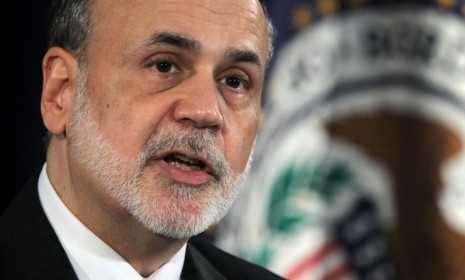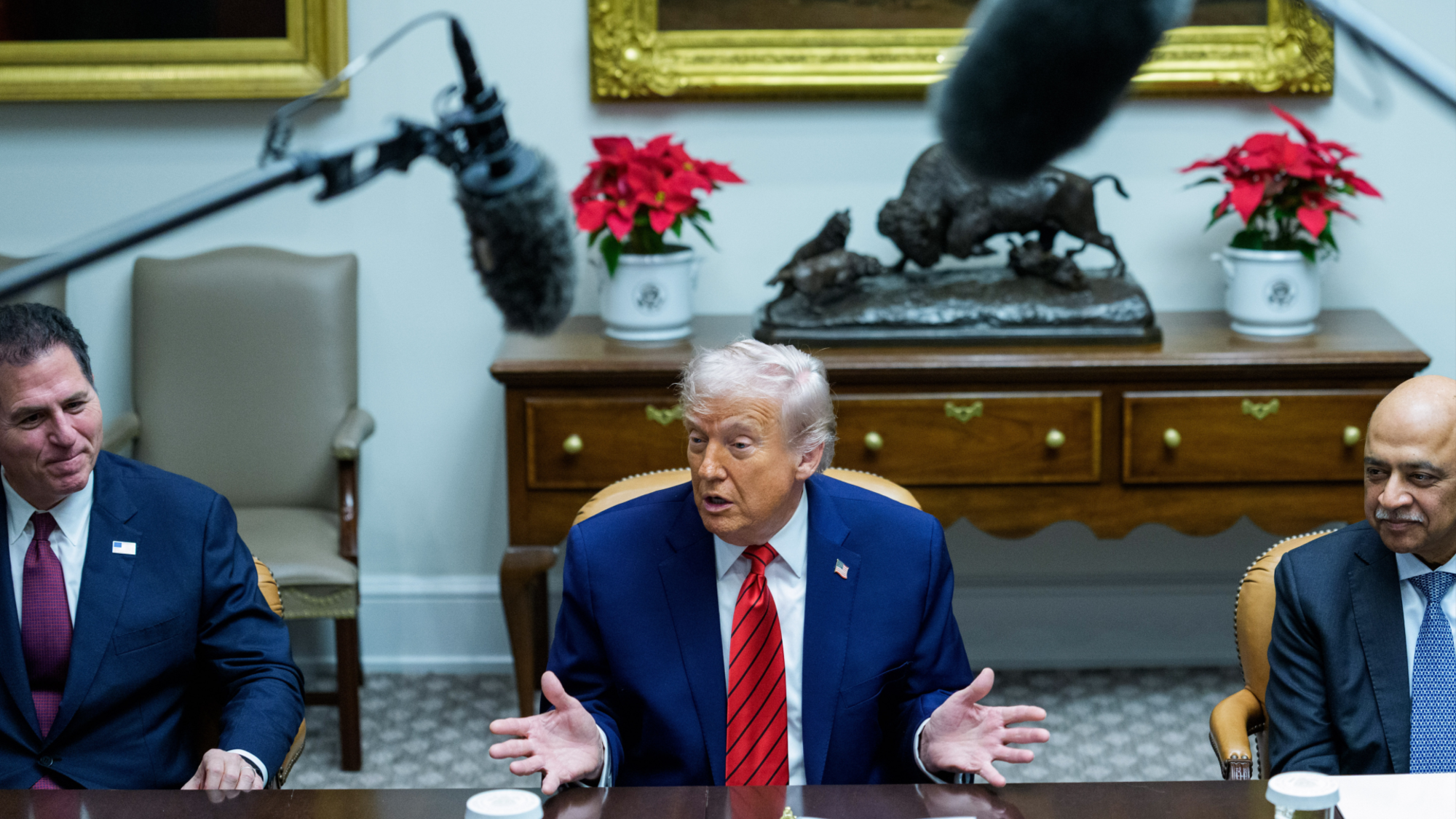The Fed's big new stimulus program: 6 takeaways
The central bank pleasantly surprises global markets with an aggressive program to lower the unemployment rate and boost the sluggish U.S. economy

The Federal Reserve is bringing out the big guns — again. On Thursday, the central bank announced its third major round of monetary stimulus since the 2008 financial crisis, in a new bid to jolt an economic recovery that has failed to pick up steam. The Fed vowed that it would buy $40 billion worth of mortgage-backed securities per month. Add to that previous commitments the bank has made recently, and Ben Bernanke's Fed will swell its balance sheet with longer-term securities by $85 billion per month. And in a significant change from previous asset purchases, the Fed promised that it would continue to buy securities if "the labor market does not improve substantially" — essentially an open-ended commitment to lower the unemployment rate, which stood at 8.1 percent in August. Here, six takeaways from the Fed's latest stimulus:
1. The Fed is flooding the markets with money
The Fed is essentially pouring newly printed money into the market, a stimulative monetary policy known as quantitative easing. By using this new money to purchase mortgage-backed securities from banks and other entities, the Fed is freeing those institutions up to make more loans. The cumulative effect, theoretically, is to lower interest rates, facilitate a variety of new loans, catalyze economic activity, and encourage hiring.
The Week
Escape your echo chamber. Get the facts behind the news, plus analysis from multiple perspectives.

Sign up for The Week's Free Newsletters
From our morning news briefing to a weekly Good News Newsletter, get the best of The Week delivered directly to your inbox.
From our morning news briefing to a weekly Good News Newsletter, get the best of The Week delivered directly to your inbox.
2. The Fed is (finally) taking a bold stand
The Fed's move "is a big deal," says Ezra Klein at The Washington Post. The central bank not only made an open-ended commitment to support the labor market, but pledged to keep its benchmark interest rate target, currently at near zero percent, at "extremely low levels" into 2015, up from its previous deadline of 2014. And by opening the money spigot indefinitely, the Fed is declaring that it's "not content with 8 percent unemployment and a sluggish recovery," and is "willing to actually do something about it."
3. And this may not be the Fed's last move
The Fed signaled that it "could deploy heavier artillery," says Agustino Fontevecchia at Forbes, saying that it may "employ other policy tools" if the labor market doesn't improve. "In other words, the Fed isn't out of ammunition, and this could mean increasing the size of the asset purchase program, adding Treasuries to the mix, using communication tools, lowering the interest on excess reserves, or other" strategies the bank "hasn't made public yet."
A free daily email with the biggest news stories of the day – and the best features from TheWeek.com
4. The risk of inflation just rose
By flooding the market with more money, the Fed invites the possibility of inflation, as the more dollars there are, the less each dollar is potentially worth. But it seems "the Fed is willing to tolerate somewhat higher inflation later to encourage stronger recovery in the coming months," says Binyamin Applebaum at The New York Times, "something it once insisted was unthinkable but has gradually come to consider a necessity in order to revive the economy."
5. The plan may not work
The Fed has launched bigger rounds of quantitative easing in the past few years, buying more than $2.3 trillion in Treasuries and mortgage securities, and the economy still remains stuck in neutral. Indeed, "the Fed has achieved a narrow set of aims, and Wall Street has enjoyed brief market rallies, but the broader recovery hasn't exactly materialized," says Kevin Roose at New York. However, "with a divided Congress taking no significant steps to stimulate growth, the Fed's easy-money policies are seen by many as the sole antidote for an ailing economy, even if its benefits are limited," says Paul Davidson at USA Today.
6. Republicans hate this
Mitt Romney blasted the Fed, saying the country "should be creating wealth, not printing dollars." Romney also said the latest move was "further confirmation that President Obama's policies have not worked." The stock market, however, jumped on the news, with the Dow Jones climbing more than 200 points in the hours after the Fed's announcement.
Sources: Business Insider, Forbes, Google, New York, The New York Times, USA Today, The Washington Post (2)
-
 What role will Trump play in the battle over Warner Bros. Discovery?
What role will Trump play in the battle over Warner Bros. Discovery?Today’s Big Question Netflix, Paramount battle for the president’s approval
-
 ‘The menu’s other highlights smack of the surreal’
‘The menu’s other highlights smack of the surreal’Instant Opinion Opinion, comment and editorials of the day
-
 Education: More Americans say college isn’t worth it
Education: More Americans say college isn’t worth itfeature College is costly and job prospects are vanishing